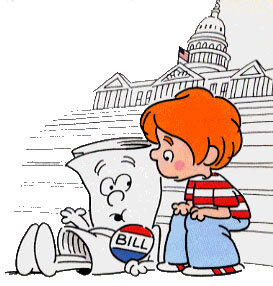I have been meaning to do this post for a while, but finally got down to it after reading an excellent post describing substantive editing, and another post on the importance of building off your unique set of skills and background. For some reason, I’ve often struggled to describe exactly what I do, beyond saying I am a biomedical editor. There’s nothing wrong with that, it just fails to capture the nuance. I could get really philosophical about what it means to be an editor, but Rich Adin over at An American Editor has done a far better job at this than I ever could, so I will direct you to his excellent posts here and here. His characterization of the twin pillars of editing–mechanics and thinking–really struck me.
So back to my purpose. How do I describe what I do? Of course, what I do differs based on my client, so I will focus on what I feel I do best – scientific grant and manuscript editing. There are really several different levels of editing going on here.
1) Basic editing: Checking spelling and grammar, fixing awkward sentence structures, simplifying the language, and checking verb tenses and parallelism. This is a part of the “mechanics” pillar of editing.
2) Substantive editing: checking the flow and logic. How is the story being told? Is it clear what has been done and what needs to be done? It is clear what hypothesis is being tested and why? Are the right headers being used to help the reader through the document? Obviously this is part of the “thinking” pillar.
My goal here is to make the paper or grant proposal something that the reader wants to read, that the reader actually enjoys reading, rather than just skimming the abstract and figure legends. As a graduate student, I read many, many, many papers, but there were only a few that sucked me in because they were just written so well. There was a clear explanation up front about why the research was being done, each experiment in the results section flowed logically into the next, and the discussion put all the data in perspective, in the context of what is already known. I almost felt like I could see the authors at the bench, working through the data, designing the next experiment. Those are the papers I want my clients to publish. The same thing goes for grants – if anything is confusing or convoluted, the grant reviewer is going to pass it over. I edit grant proposals so that they are as clear and logical as possible, so that the reviewer immediately understands and appreciates the problem that needs to be solved, sees that the proposed aims will answer a clear set of relevant questions, and agrees that the methods used and people involved are up to the challenge.
3) Content editing: Another one for the “thinking” pillar. This is where my unique background fits in, where I can look at the experiments and the results and think about what conclusions are being drawn and whether they are being communicated accurately. Is the experimental design sound? What are the caveats? Are the statistics appropriate? Are the proposed experiments going to test the stated hypothesis? Have the data proven or disproven the stated hypothesis? How do the data compare to what’s been done before? What are the implications for future basic or translational research? For research grants, I also draw on my background in promotional writing – will the science as presented convince the reviewer that this is a worthy problem (or gap in knowledge) to tackle and that the proposed experiments will provide the data needed to solve the problem?
4) Formatting: This also falls under mechanics – it’s making sure that the manuscript follows the journal’s editorial rules, and that the grant proposal follows the structure stipulated in the funding announcement. There are a ton of rules and regulations for preparing federal grants, and even more embedded in specific funding announcements.
So that is what I do…and now I can just direct friends and family here when they ask (hi mom!).








